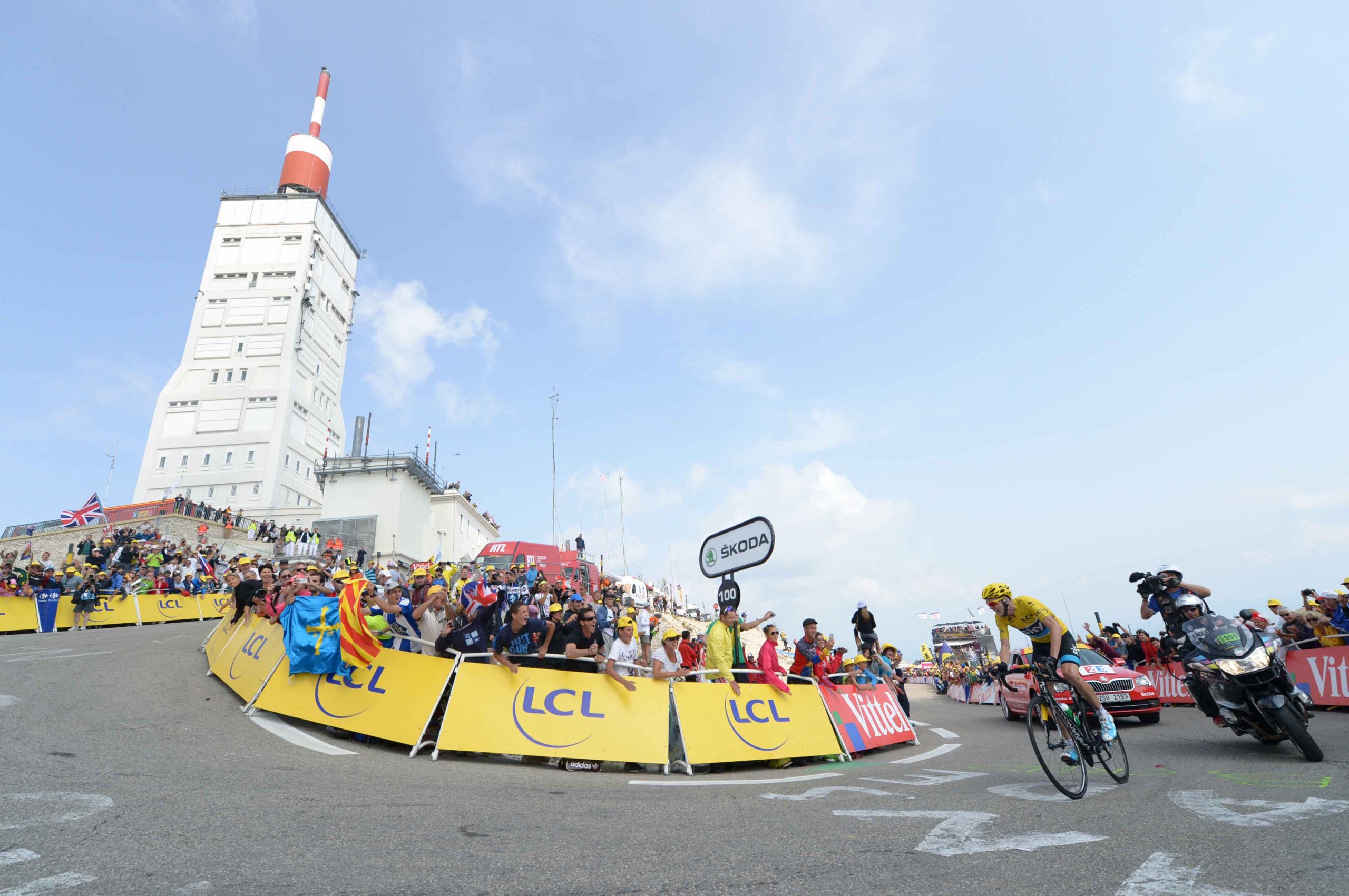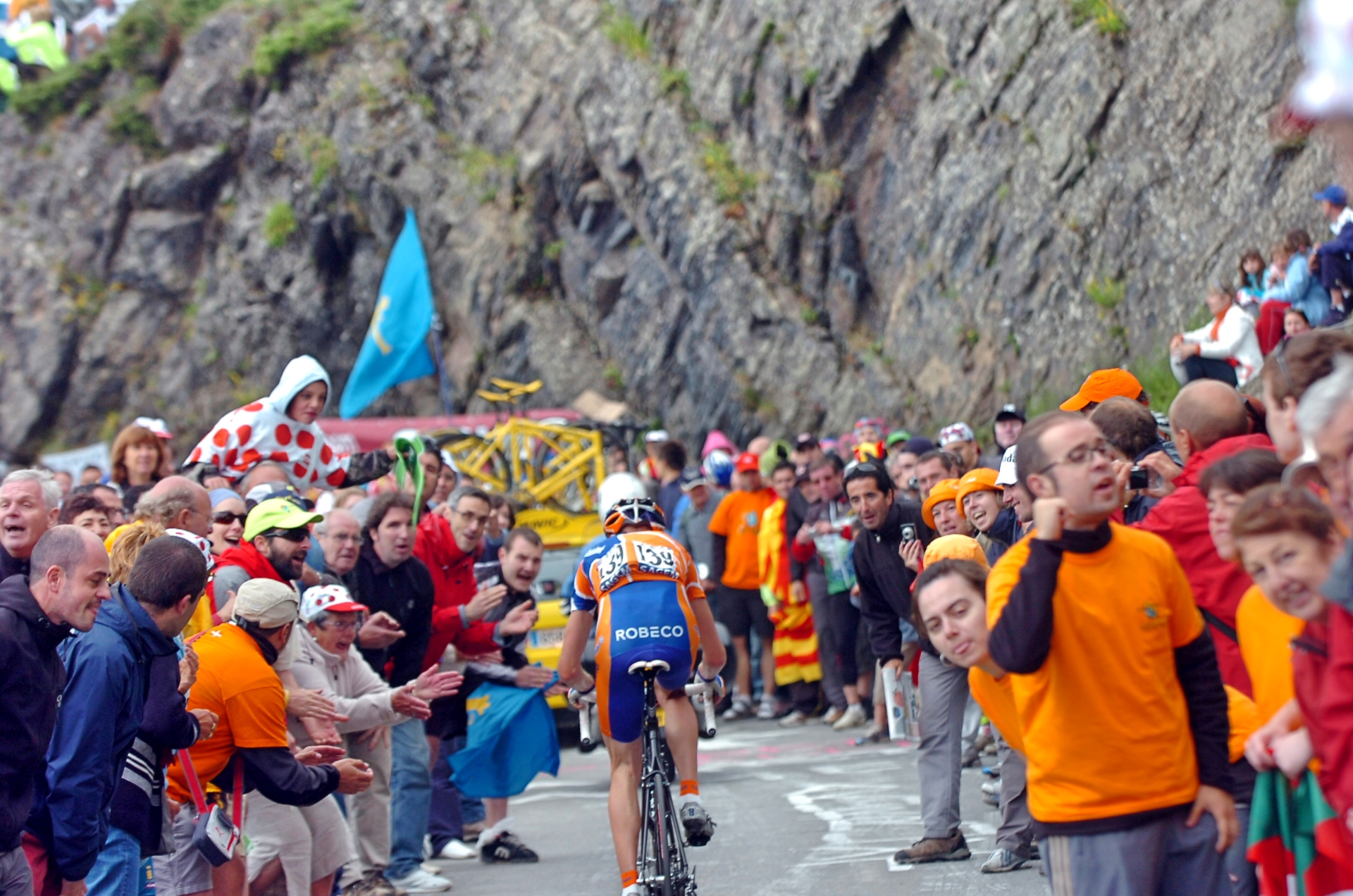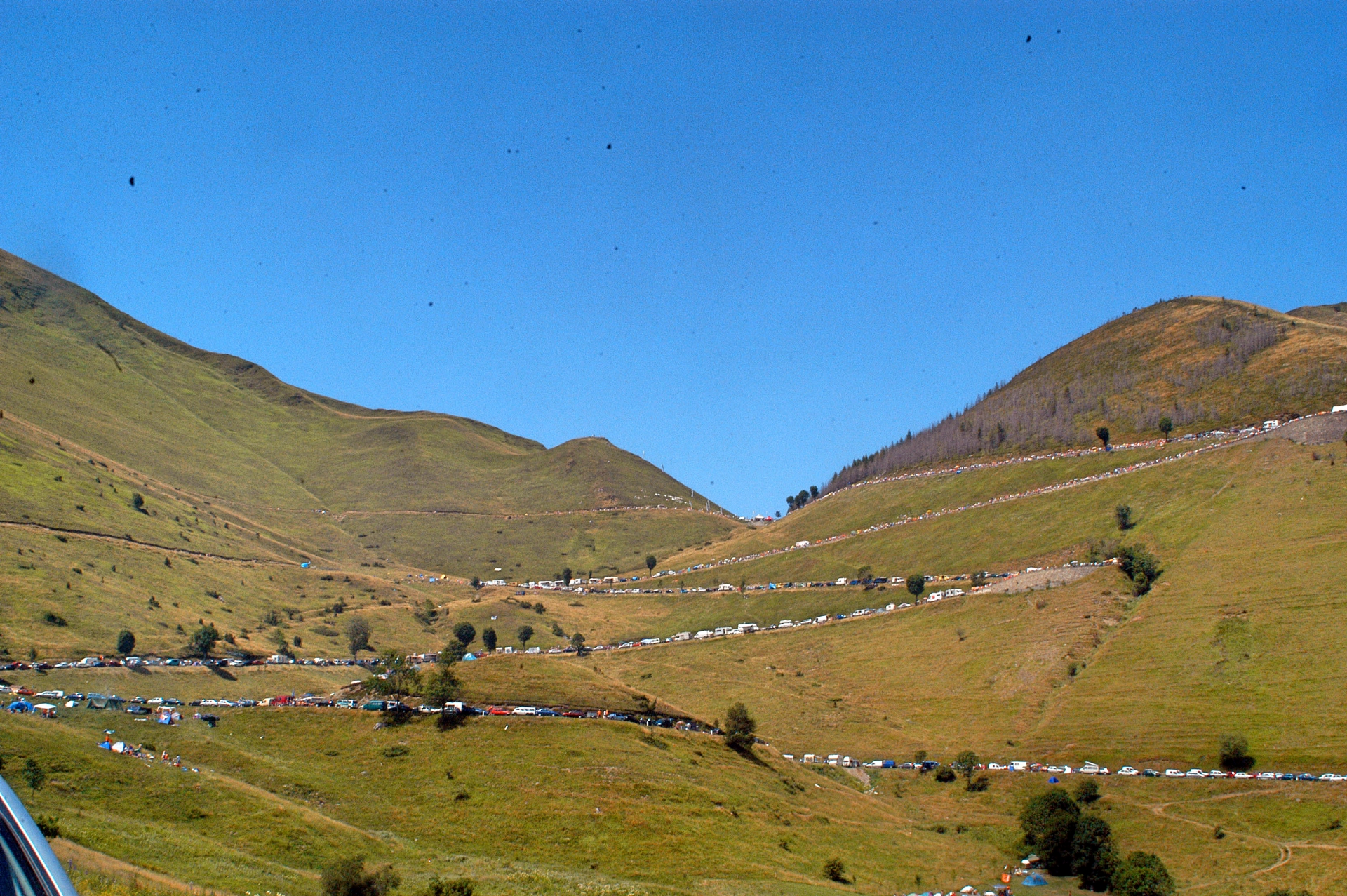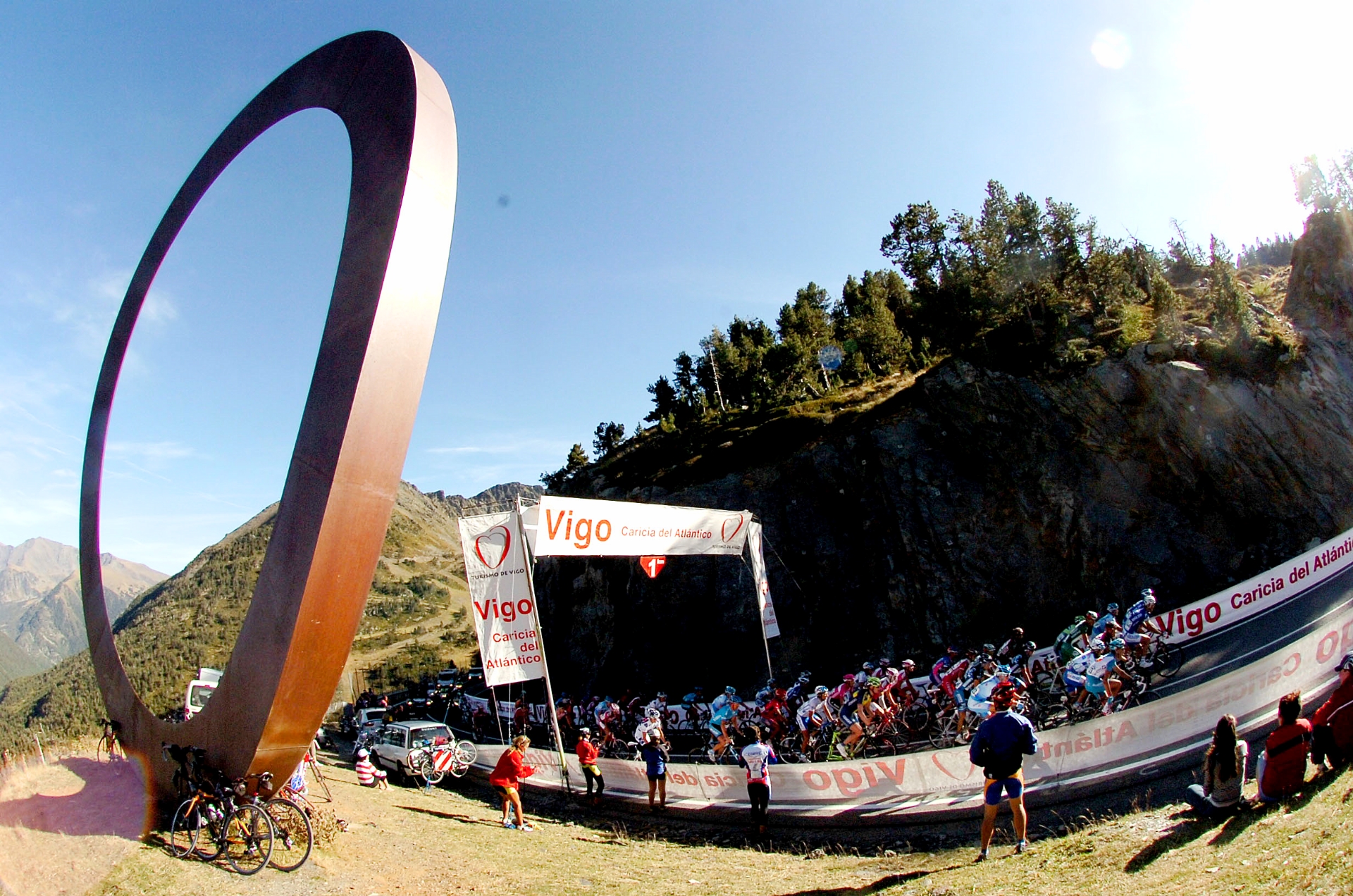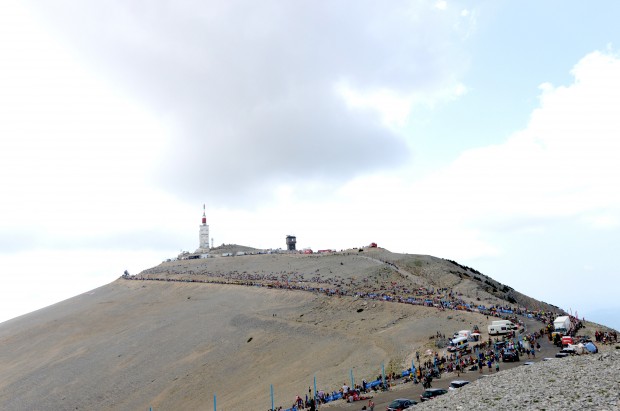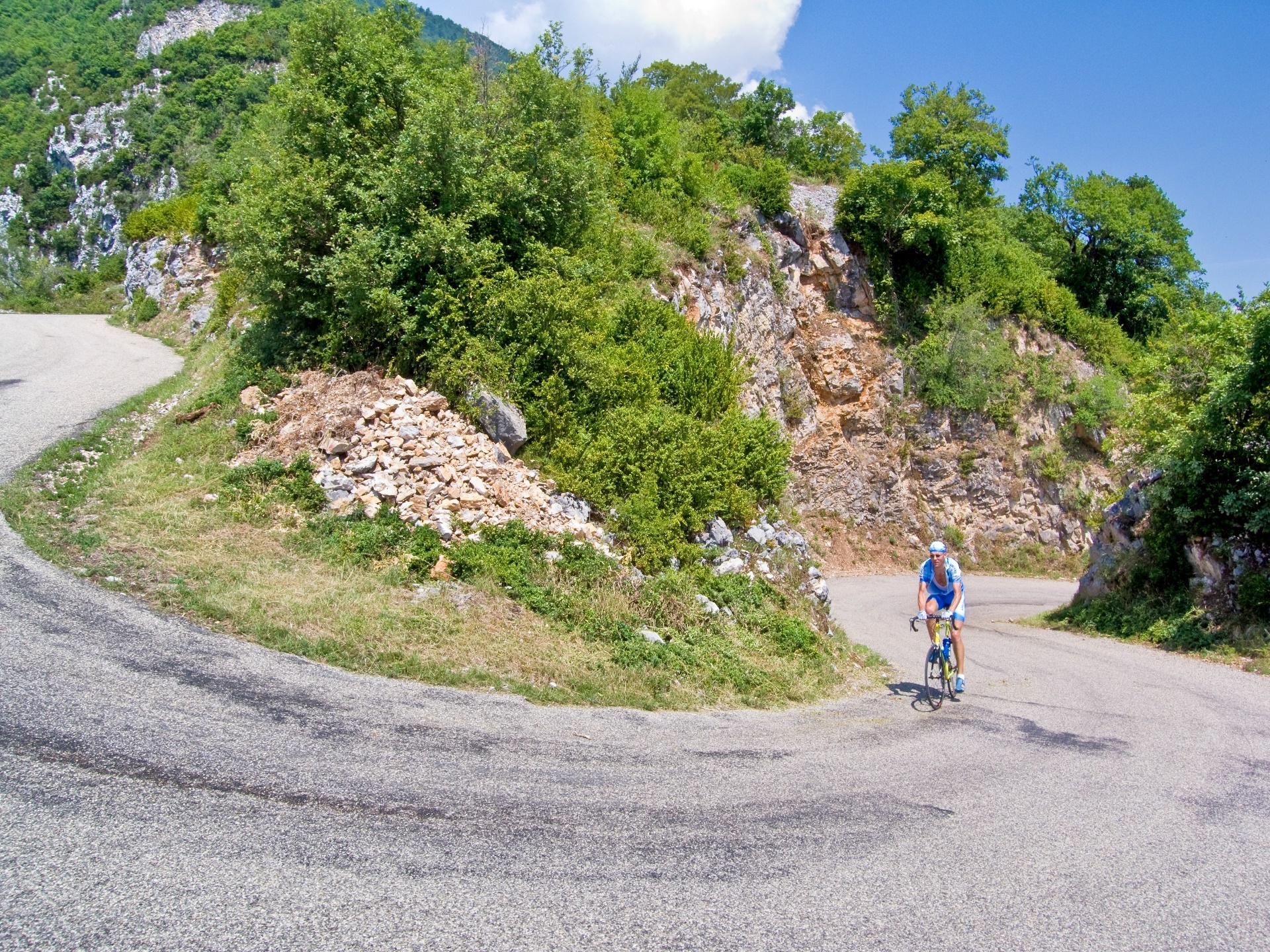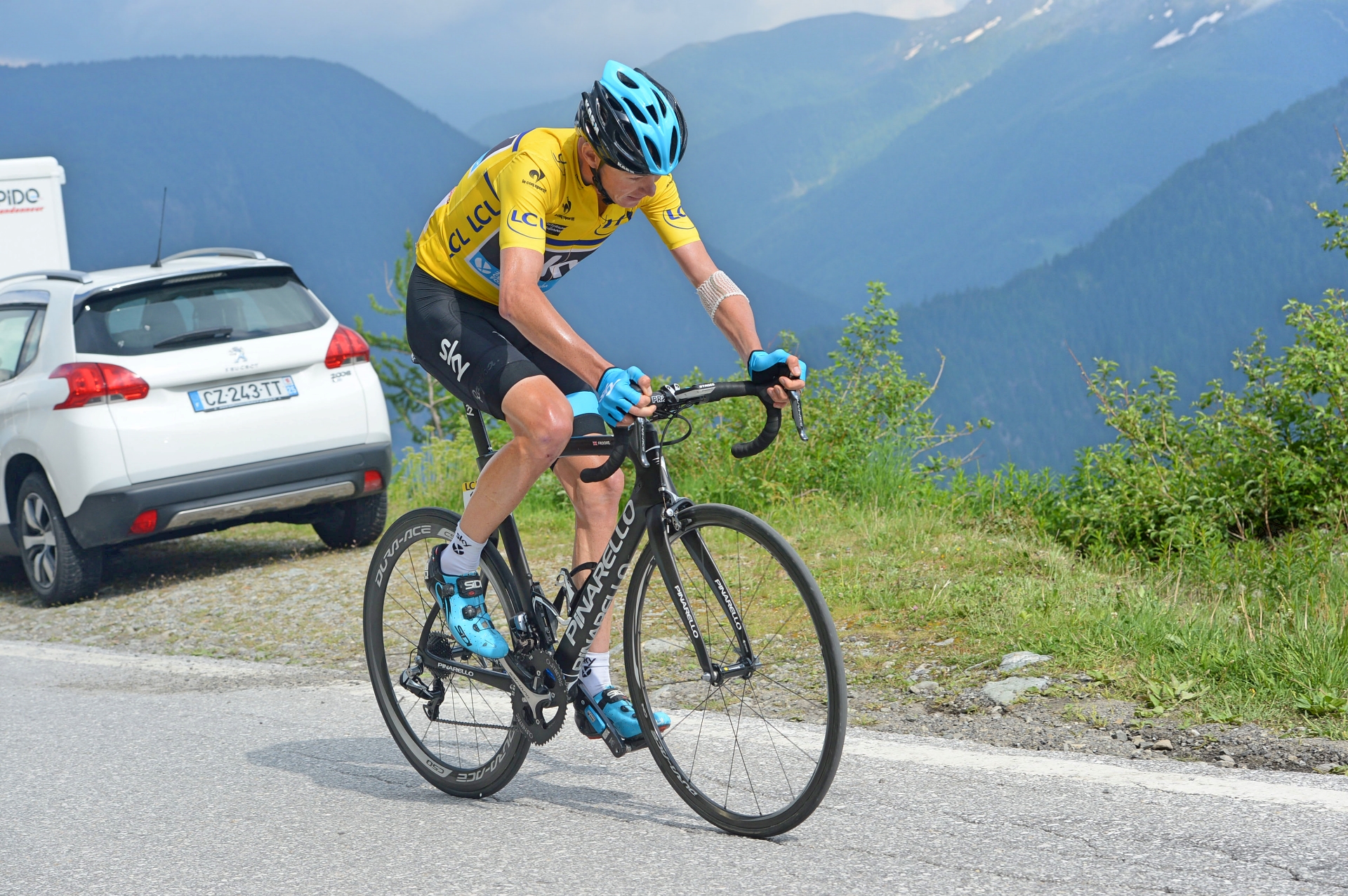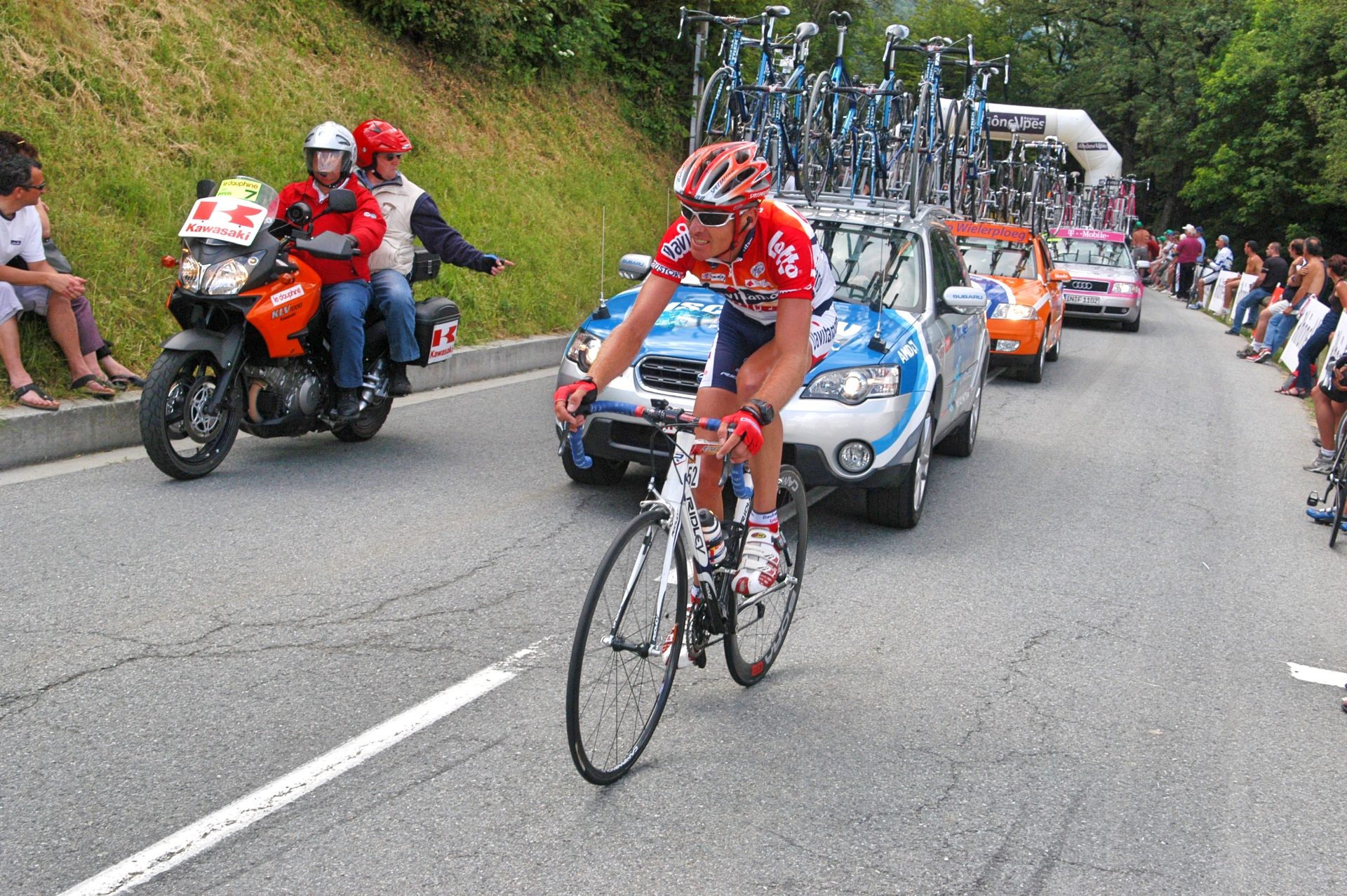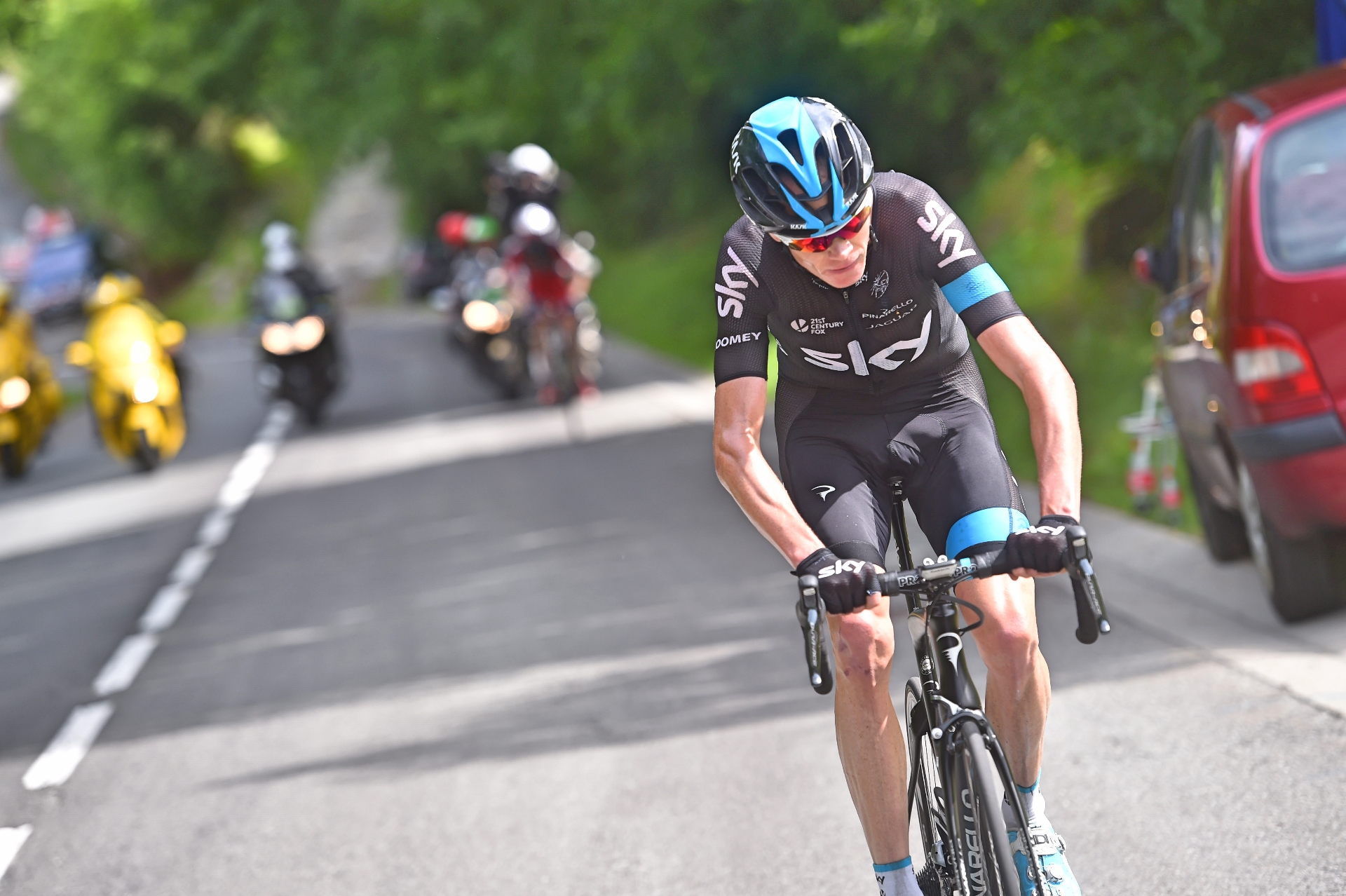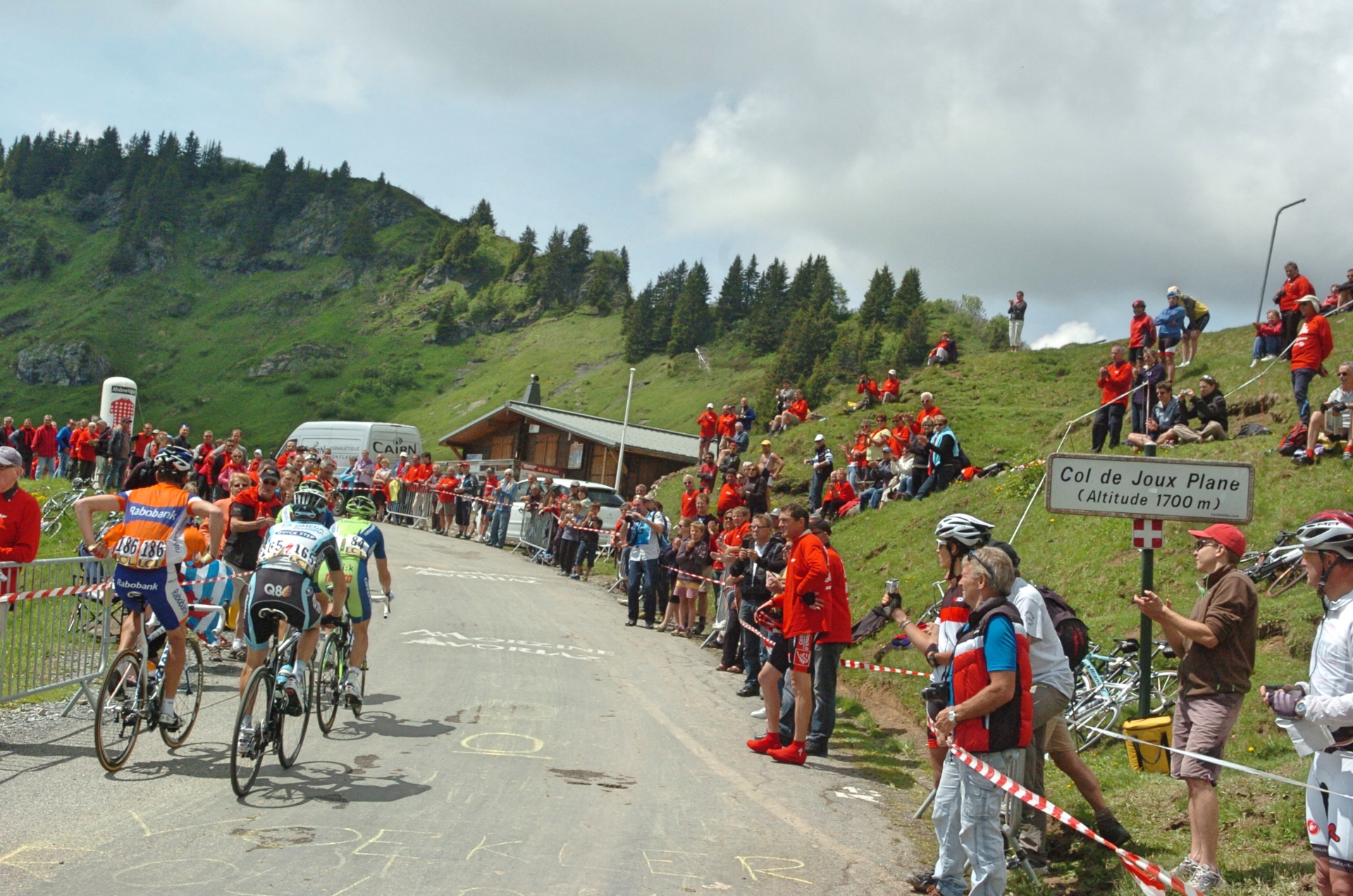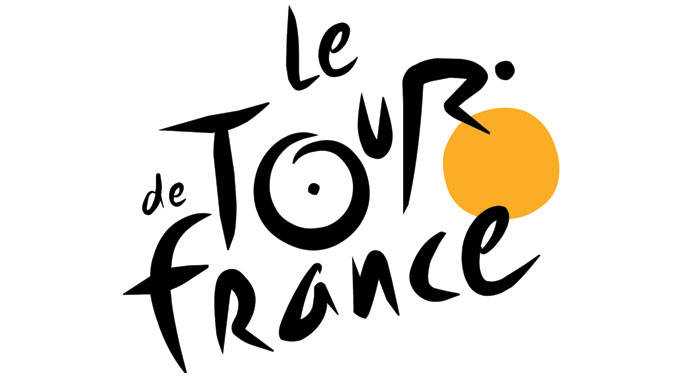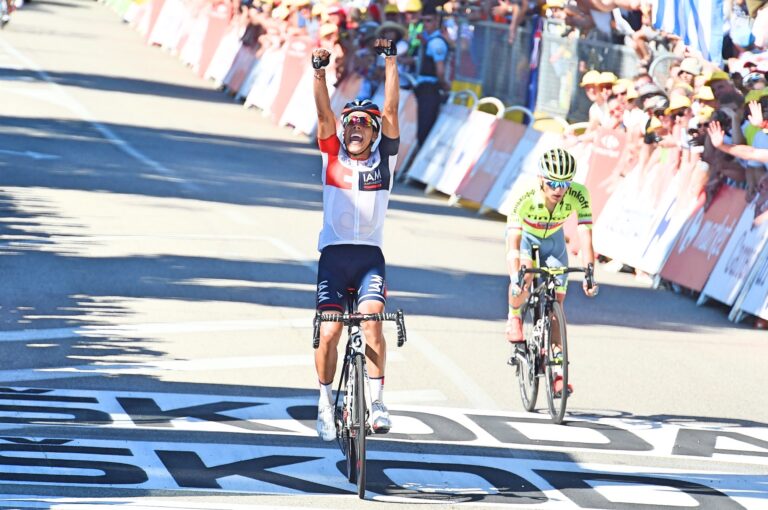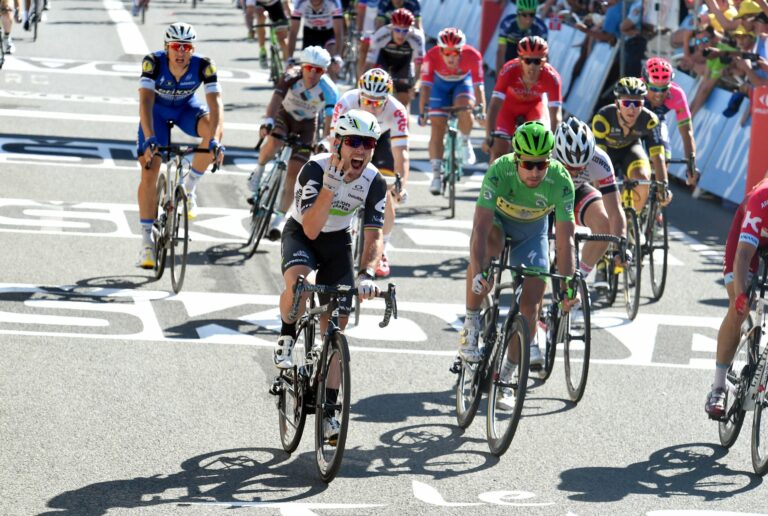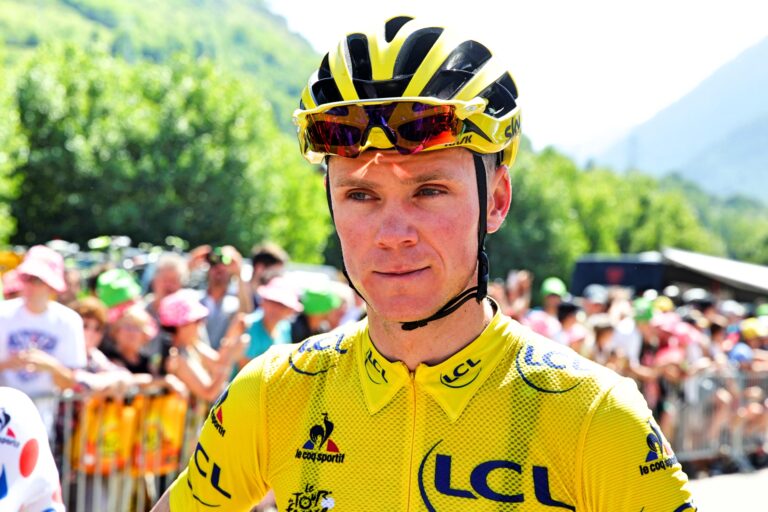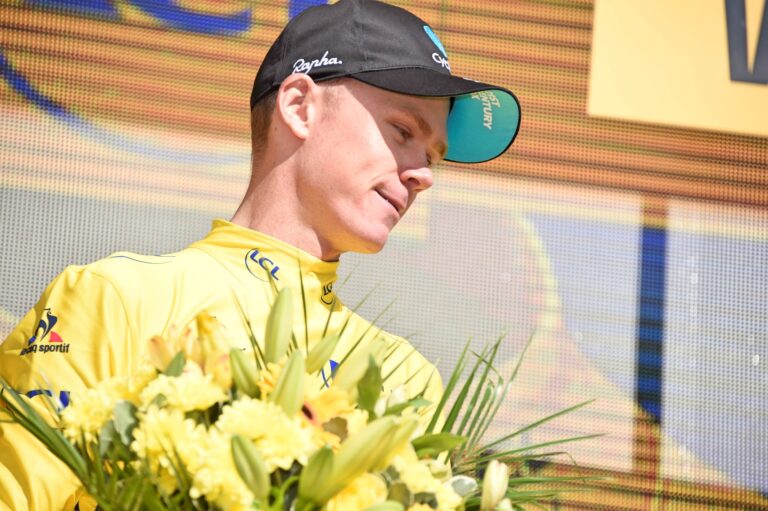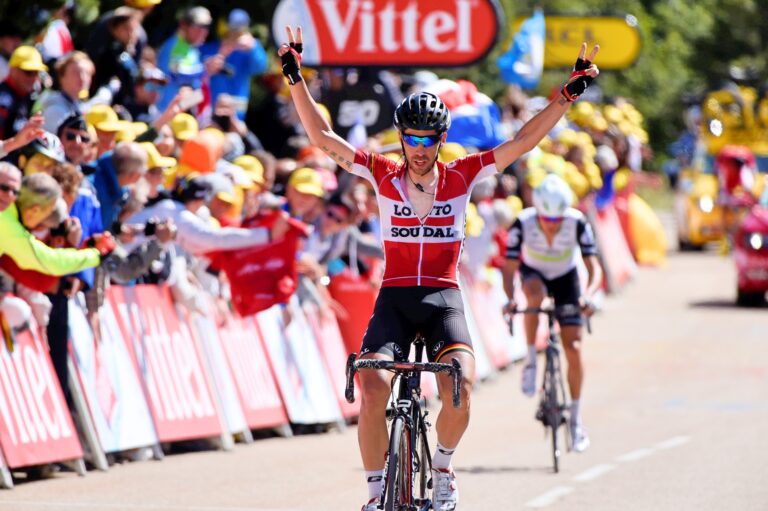The 2016 Tour de France packs in the climbing, with 58 categorised ascents offering plenty of opportunity for attacks, stage wins and King of the Mountain points.
Of those 58, seven have been badged as hors categorie – beyond category, or the toughest of all – while a further 14 are classified as category-one climbs.
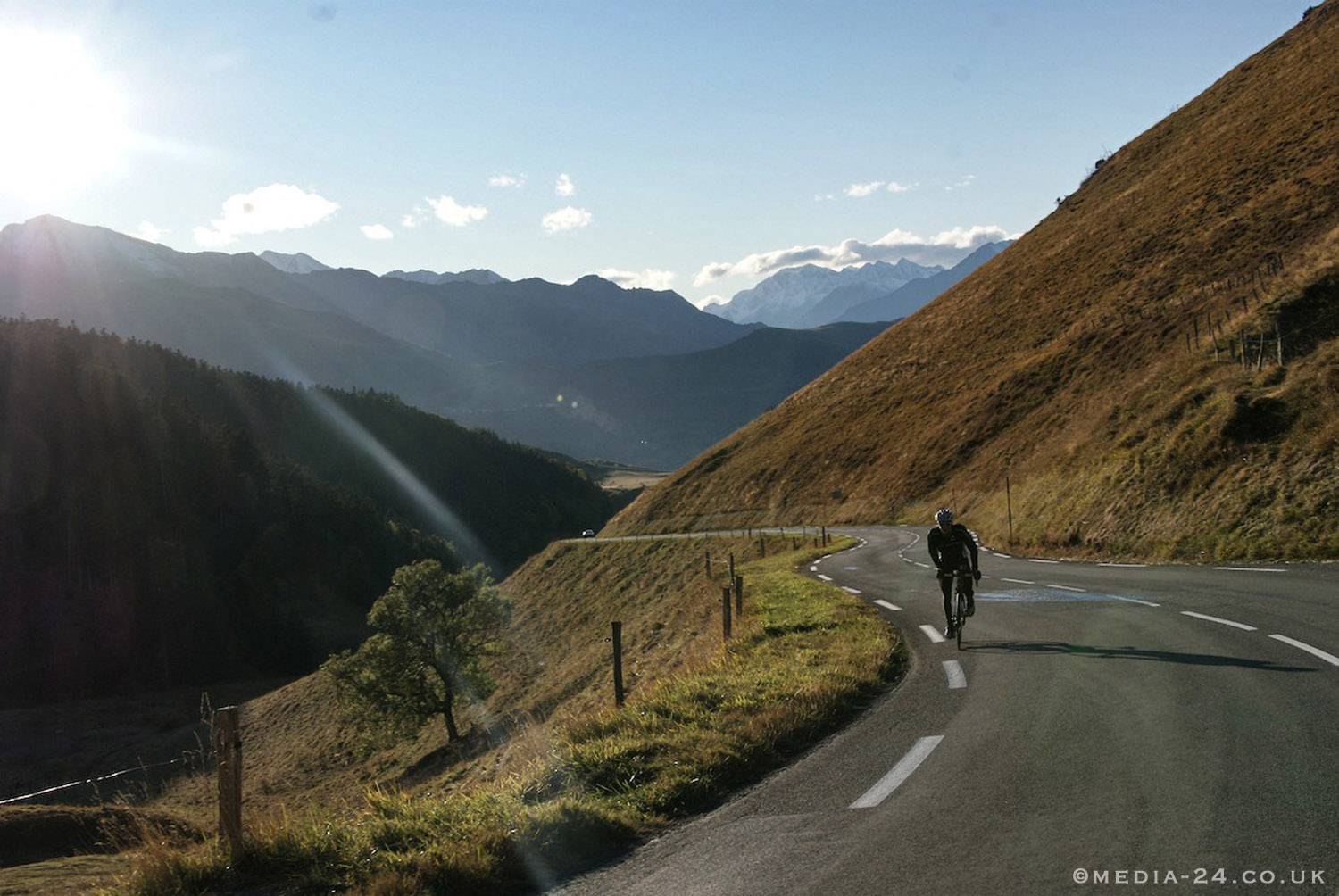
Mont Ventoux returns, while excursions to Andorra and Switzerland add some more big climbs to the route.
And it is not necessarily the seven HC climbs likely to prove pivotal – in fact some, like the Col du Tourmalet, feature early in stages and so won’t have as big a bearing on the general classification as the summit finishes.
So which ascents are likely to prove decisive as defending champion Chris Froome (Team Sky) takes on the likes of Tinkoff’s Alberto Contador and Movistar’s Nairo Quintana?
We’ve profiled the key climbs of this year’s Tour de France below.

